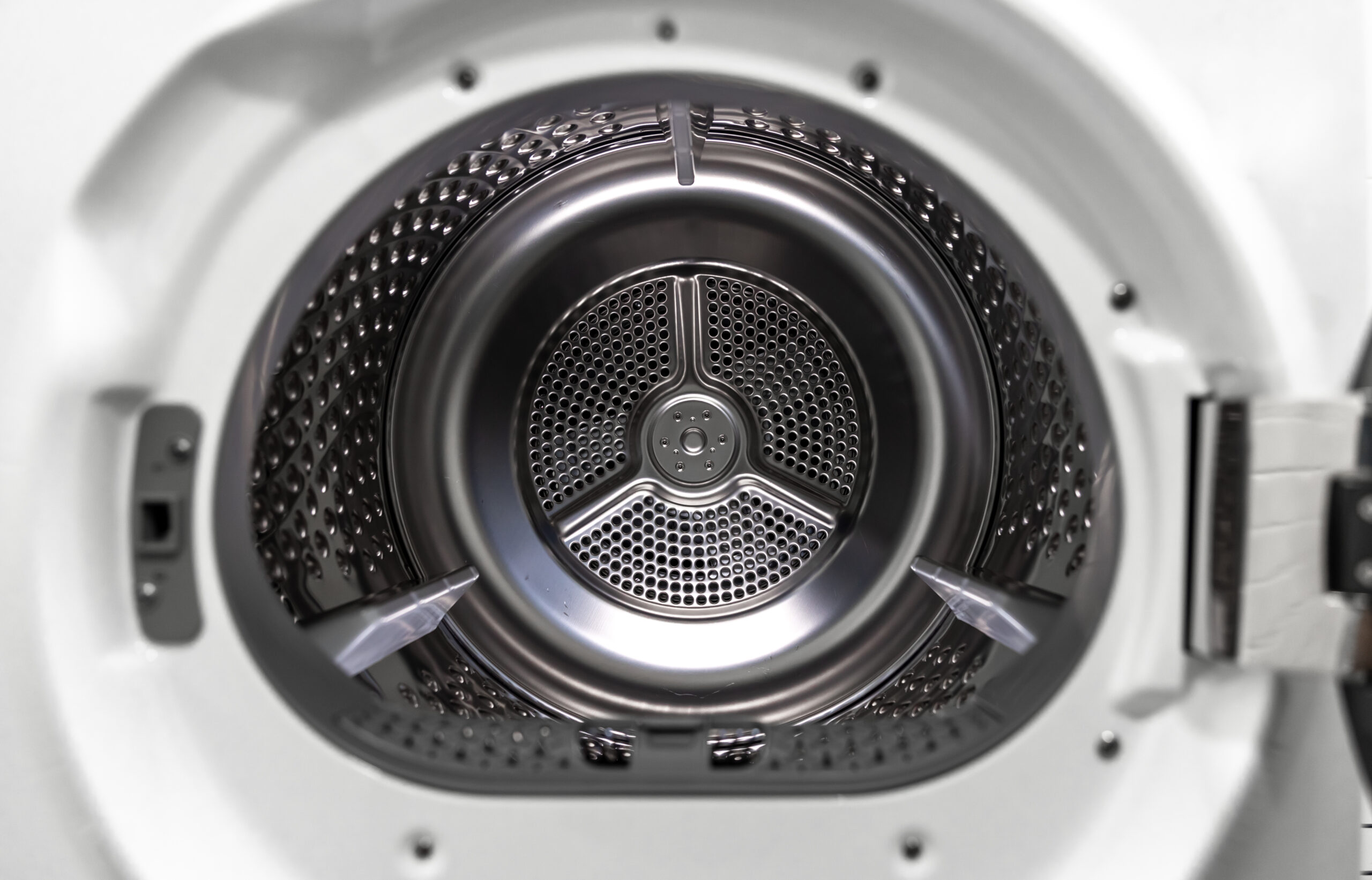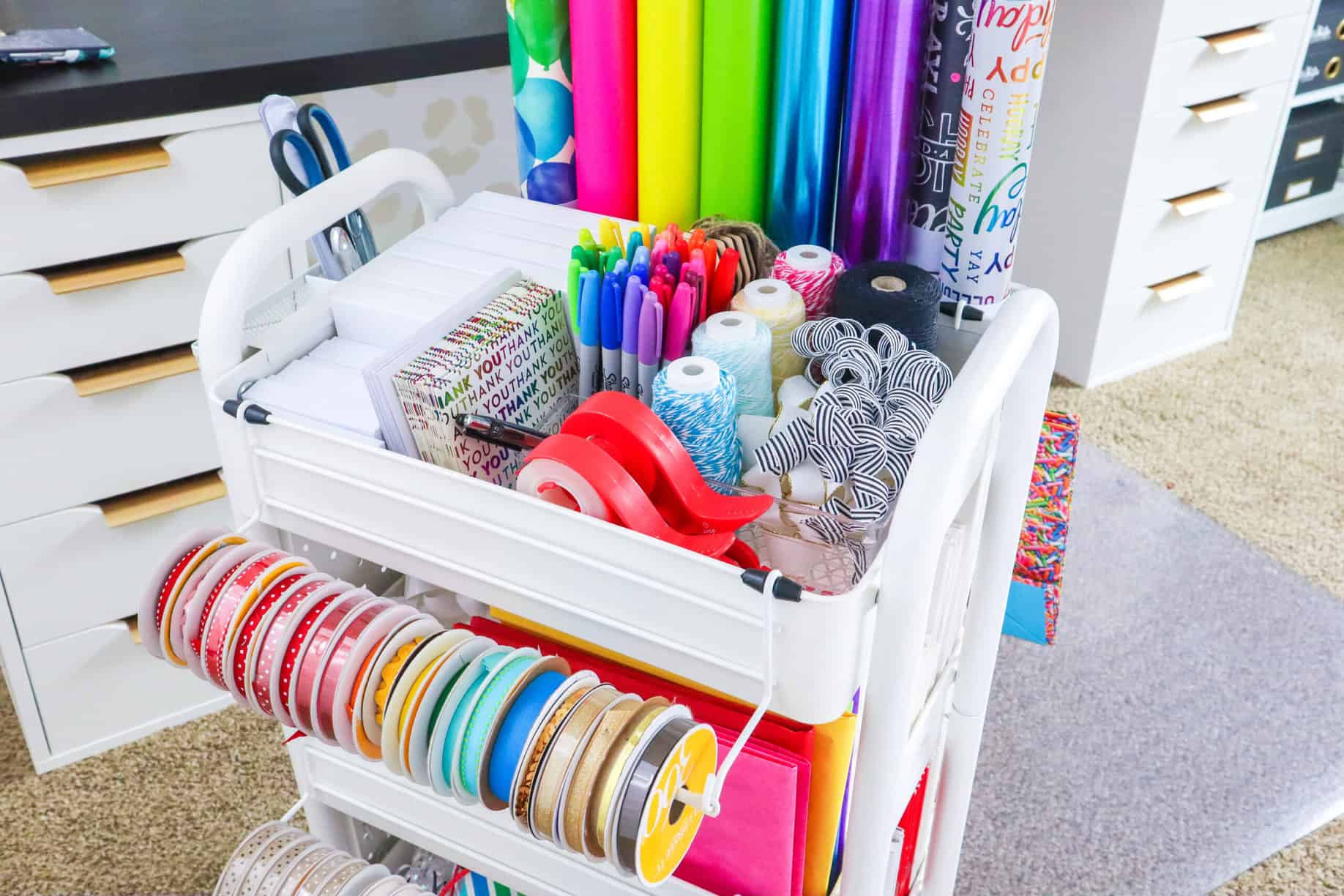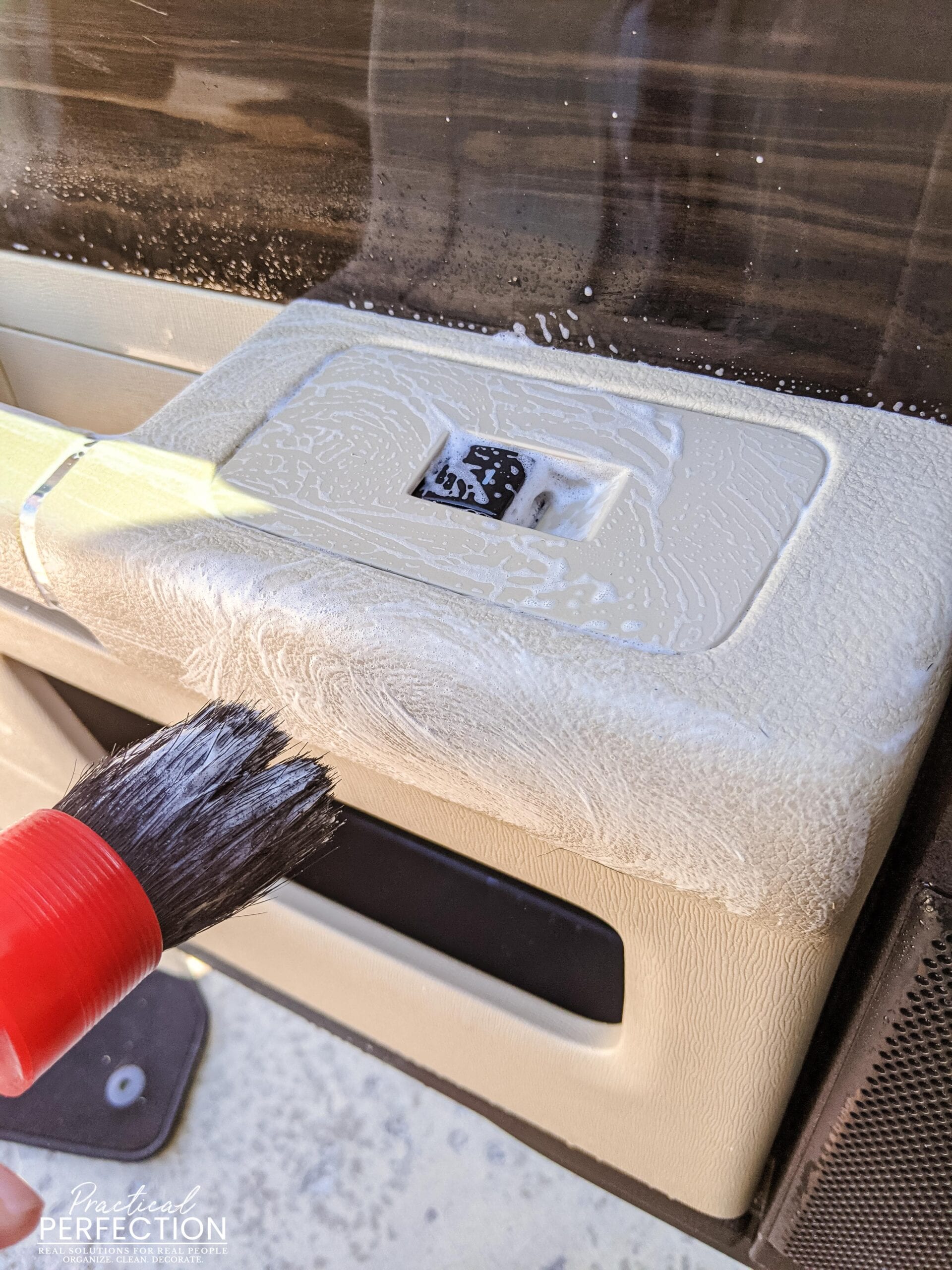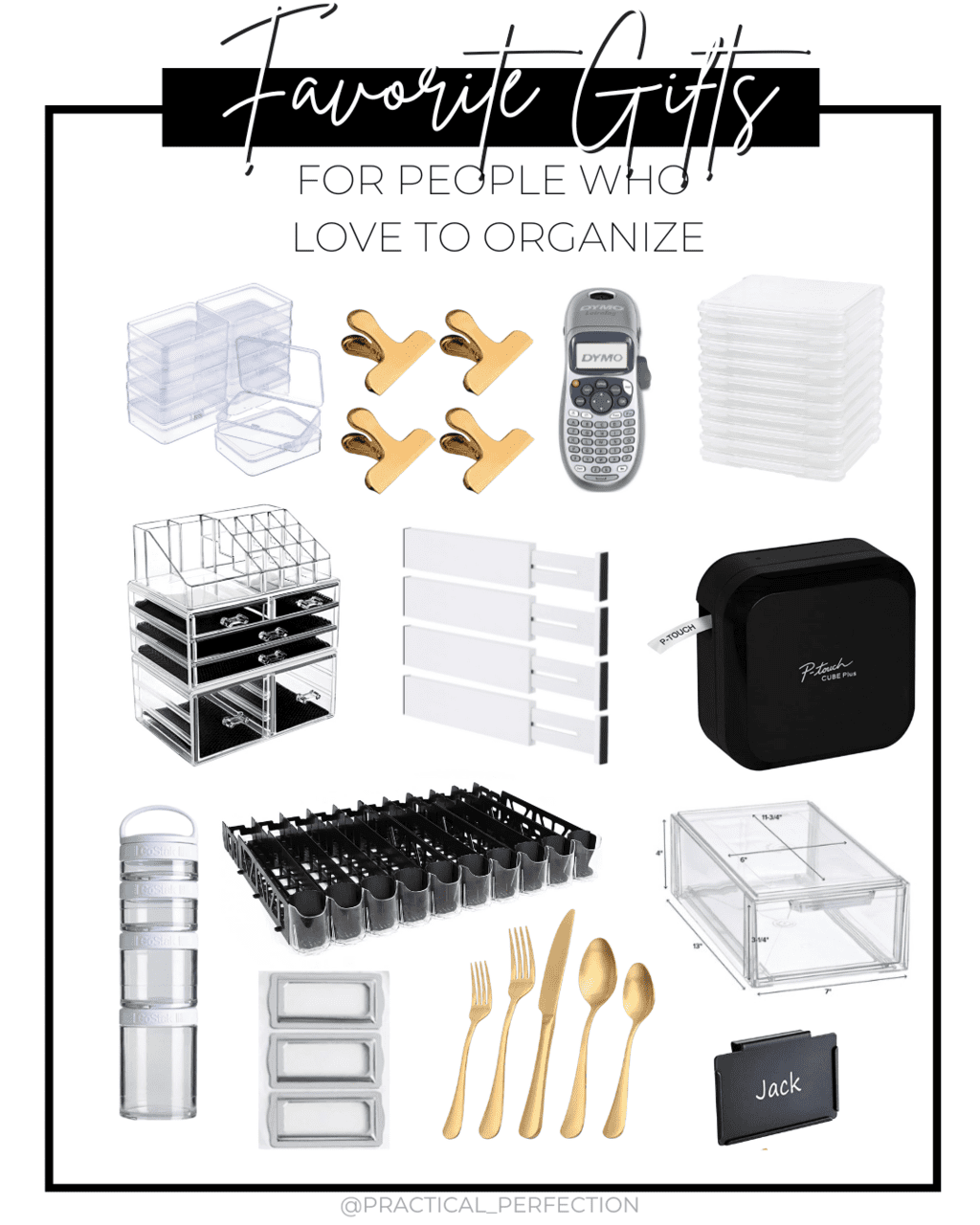How to Create an Emergency Comfort Kit for Your Child
When a disaster or an emergency hits, it can be a scary time for everyone involved – including your children. Even if you’re with them during the emergency, they might still be scared. That’s why it’s important to have an emergency comfort kit ready to go for them.
This post will teach you how to create an emergency comfort kit so your child has some things that will bring them comfort and help make the situation a little less scary. It can help provide some comfort and security in times of chaos and uncertainty.
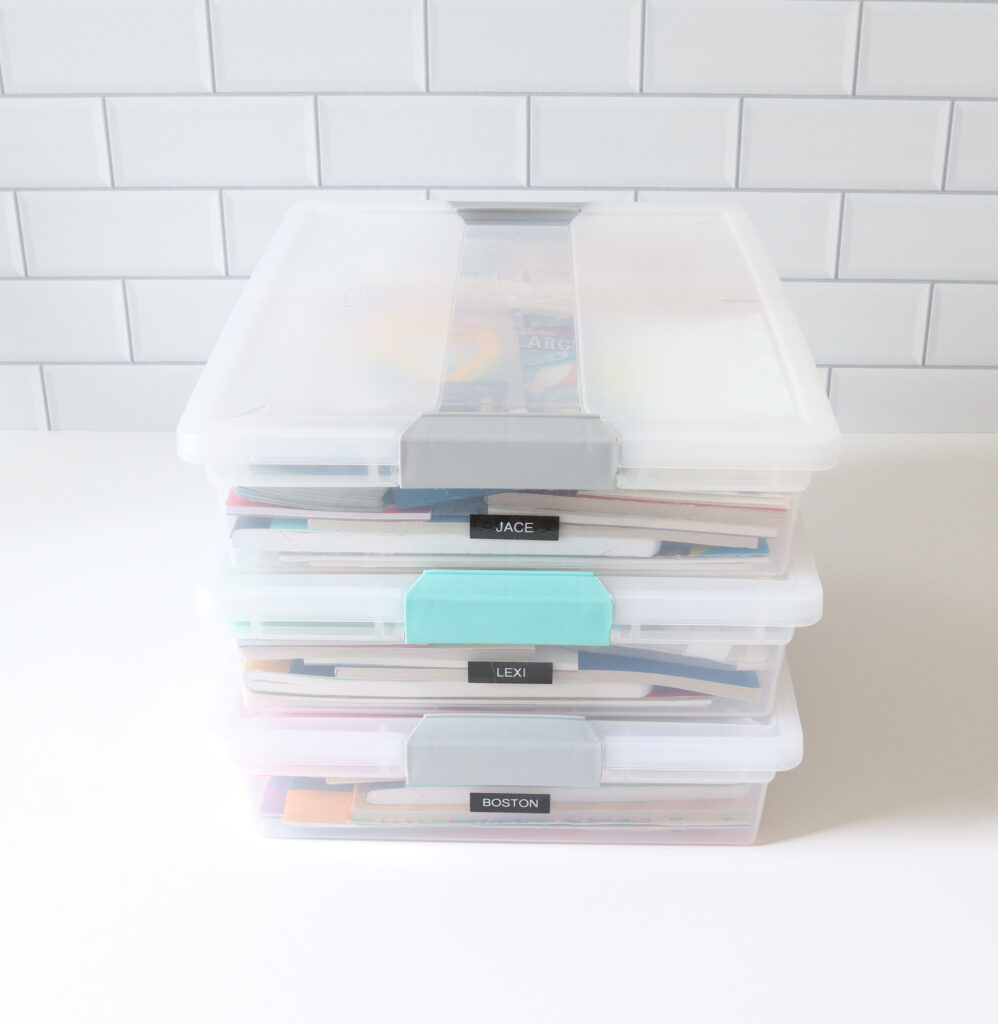
From snacks and water to a book and a blanket, we’ll tell you everything you need to know about putting together an emergency comfort kit!
What is an emergency comfort kit?
When preparing for a disaster, it’s pretty common to create an emergency kit. You usually make an emergency kit with nonperishable food, maybe another emergency kit with some clothes and things to take if you need to evacuate your home, but most of us don’t think about making an emergency kit that can provide comfort for our children.
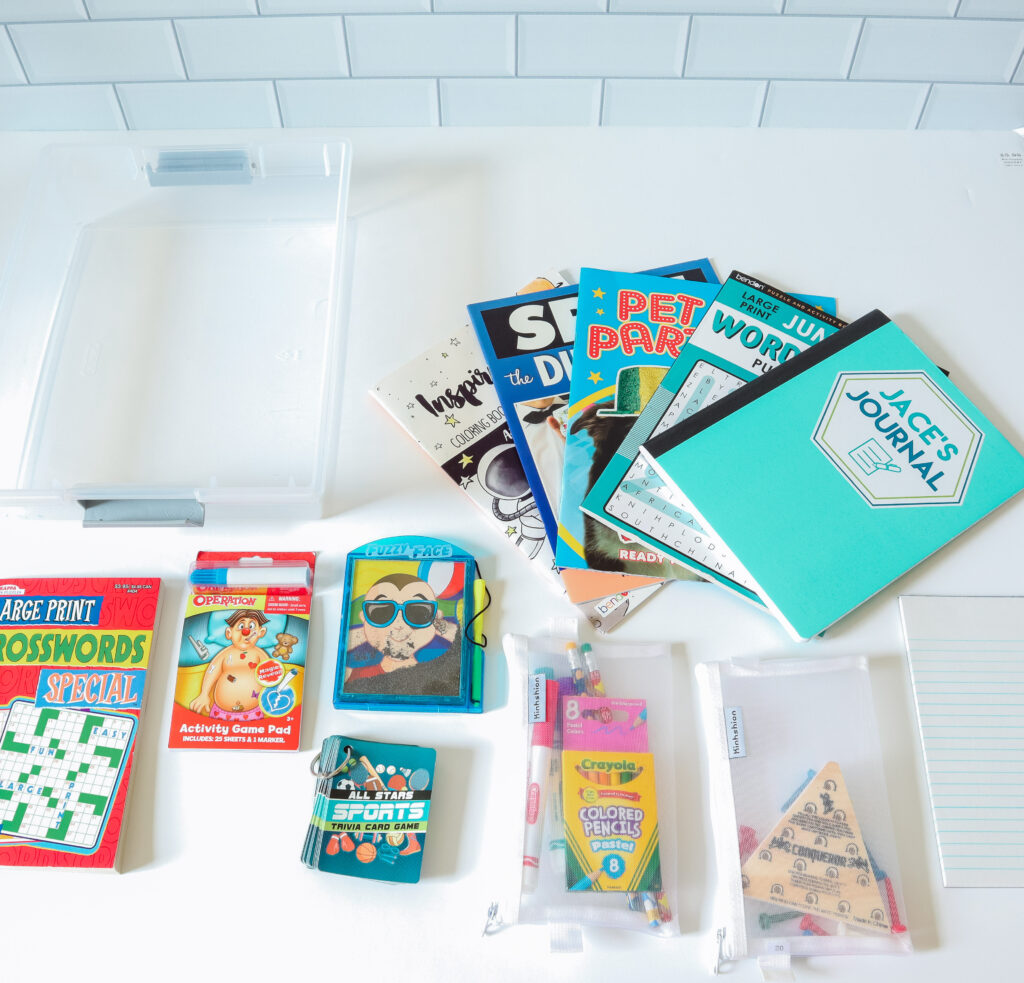
But in emergency preparedness, creating kits that will bring hope and comfort to your children and help (at least temporarily) distract them from tears is a great idea.
An emergency comfort kit is pretty much what it sounds like – a small collection of items that can provide comfort to your child in times of distress. This might be during a natural disaster, an evacuation, or even just a power outage. It’s always better to be prepared and have too much than not enough!
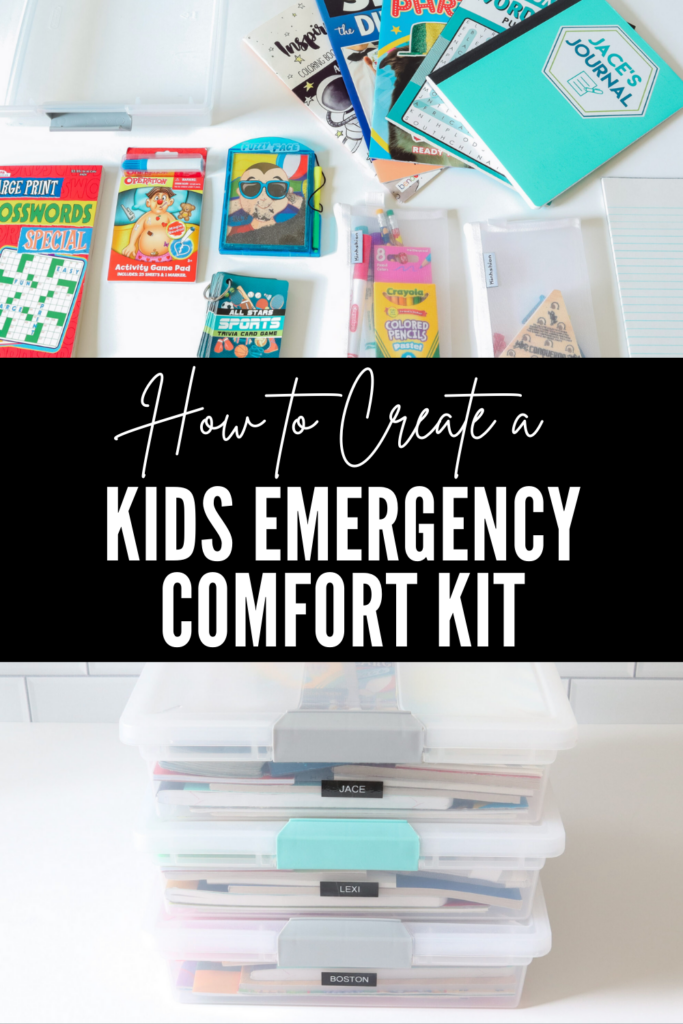
Why should I make one?
They can help your child feel a sense of normalcy during chaotic times. It can provide them with a distraction from their fear and anxiety. And it will give you peace of mind knowing that you’ve done everything you can to prepare for the worst.
I saw a story about a school that suggested that parents send their kids with a comfort kit when they first started school. I thought it was such a great idea and decided to prepare kits for my kids in case of disasters or emergencies.
If you haven’t made a comfort kit for your child, I think you should consider creating one. As parents, we don’t want to think about being unable to calm our kids, but you never know what could happen, and it’s always better to be prepared.
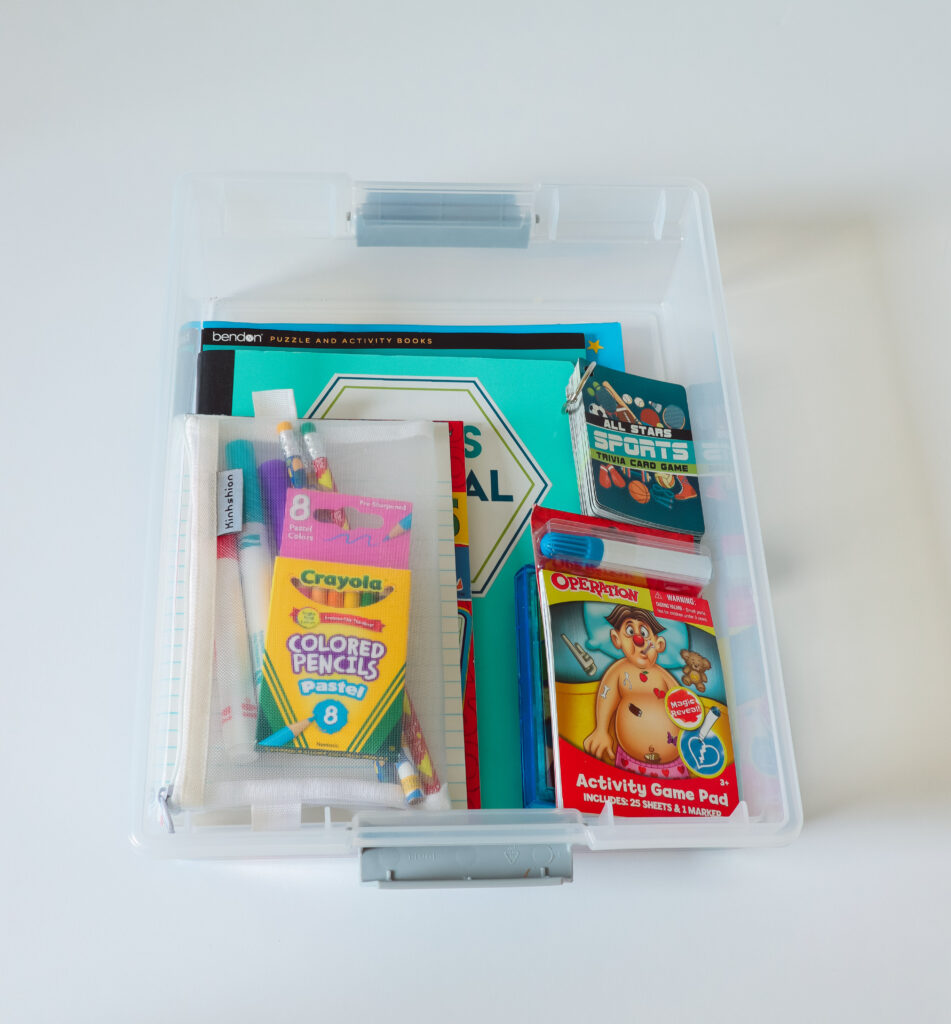
What should I put in my child’s emergency comfort kit?
The good thing about these kits is that they are pretty easy to pack! One of the easiest ways to pack a small emergency bag for your kid is to use a large Ziploc bag (maybe the 2-gallon size).
It’s nice to have a bag that can close so I’d recommend not using a grocery bag. That way you can easily grab it without worrying about anything falling out.
After you have a bag, it’s time to grab your items. Ask yourself what soothes your son or daughter the most. Spend a few moments considering this and then include those things in the 2-gallon bag.
SHOP ACTIVITIES
Here are some suggested items you should include:
- Emergency card with your contact information
- Information with important medical needs or dietary restrictions (in case your child is found with it and needs to go to the hospital or emergency room, it’s a good idea to have any necessary medical information provided for the hospital)
- Any necessary medication
- Nonperishable food and snacks
- Water
- A change of underwear and extra socks
- If you have room, a blanket or sweatshirt is also great to add
- Wet wipes and/or hand sanitizer
- A favorite stuffed animal or toy
- A photograph of the family
Here are some additional ideas you can include:
- A book or magazine to read
- Some crayons and a coloring book
- A flashlight
- Games
- Bandages
- Tissues
Try to make sure your items are lightweight if possible. You can also include a note from you telling your child how much you love them and that you’ll see them soon.
Revisit and check your child’s kit as time passes and replace anything that they have aged out of or any food that has gone too stale. Really just a quick check every year or so should be fine!
SHOP COMFORT KIT SUPPLIES
Where do I keep my child’s emergency kit?
Several schools are implementing these kits now, which I think is very smart.
If your school or preschool doesn’t ask for a kit, you can always still create a kit and fill it with comforting emergency supplies and ask your child’s teacher to keep it in their classroom.
Most teachers, especially in a preschool or elementary school environment, will probably be willing to hold on to emergency supplies if they have the space. They might also decide to talk to the school and have other parents pack some for their kids.
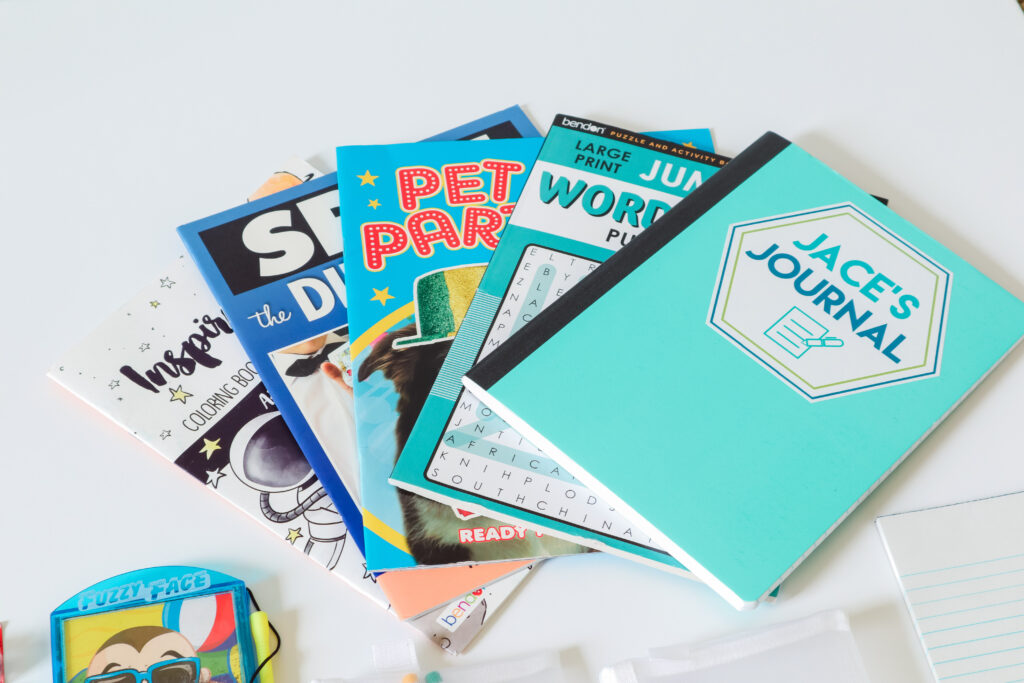
I’d also give you the advice to keep a bag of supplies at home. While you might think that you’re at home so you’d have access to any comforting supplies and toys for your kids, sometimes it’s hard to grab them if you have to leave the home quickly.
I think it’s a good idea to add a small bag of food, water, toys, and books and keep it in their family emergency backpack with other items. It helps keep it handy so you can just grab one bag and go.
SHOP COMFORT KIT ORGANIZERS
An emergency kit can give you peace of mind!
No one wants to imagine a disaster happening to their family or being separated from a family member, especially not your small son or daughter. But, it’s always best to be prepared for the worst.
Help your child feel safer by preparing an emergency comfort kit for them. If you make one that is small and easily portable, you’ll be confident that they can take it with them in the event of an evacuation or emergency and find a bit of peace amidst the stressful situation.
Ask at your child’s school and see if you can leave one in their classroom as well. In the event of hurricanes, earthquakes, power outages, or other scary disasters, you can be sure they’ll be well taken care of until you see them again. Let your babysitter know where the kits are as well!
Even though it’s scary to think about, you can have some peace of mind later on that you’re covered for any emergency.


